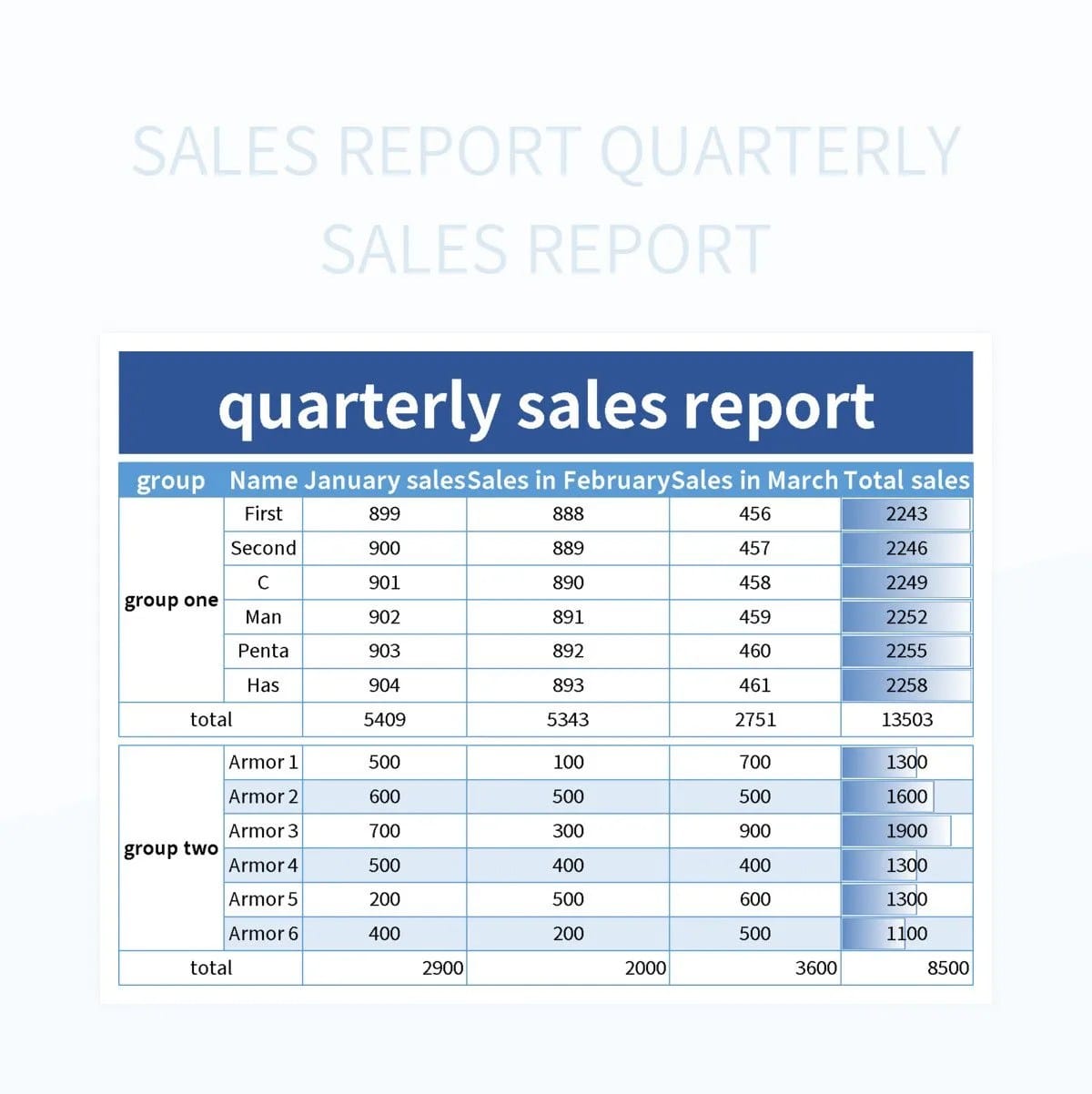Why “Quarterly” is the Business World’s Secret Weapon
We all know a year has four quarters, but did you know these three-month chunks are the driving force behind the business world? Understanding the power of “quarterly” can give you a serious edge, whether you’re a seasoned investor or just starting your business journey.
Think of each quarter as a mini-marathon within the larger race of the year. This approach helps businesses:
- Set the Pace: Instead of getting overwhelmed by year-long goals, quarterly planning allows for manageable targets and strategic adjustments along the way.
- Track Progress: Just like checking your GPS during a race, quarterly reports provide a snapshot of a company’s financial health and progress towards its goals.
- Stay Accountable: Quarterly reviews act as checkpoints for both individual and company-wide performance, ensuring everyone stays on track and aligned with overall objectives.
“Quarterly” in Action: Real-World Examples
Let’s see how different companies leverage the power of “quarterly”:
- Tech Innovators: After launching a new gadget, their quarterly earnings report reveals sales figures, indicating if the product is a hit or miss.
- Global Goods Inc.: They hold quarterly shareholder meetings to discuss profits, losses, and future plans, keeping investors informed and engaged.
- Steady Growth Corp.: Known for their reliable quarterly dividends, they attract investors seeking regular income.
What Exactly Does “Quarterly” Mean?
Simply put, “quarterly” means something happens four times a year, every three months. You’ll encounter it in various contexts:
- Business: Quarterly earnings reports, shareholder meetings, performance reviews.
- Finance: Quarterly interest payments, loan installments, investment dividends.
- Publishing: Quarterly magazines, academic journals, literary reviews.
The word’s roots lie in “quarter,” meaning one-fourth. Its use as an adjective, describing something happening every three months, dates back to the mid-1500s.
“Quarterly” vs. “Every 2 Months”: Clearing Up the Confusion
While they might seem interchangeable in casual conversation, “quarterly” and “every 2 months” have distinct meanings:
- Quarterly always refers to a three-month interval, dividing the year into four equal parts.
- Every 2 months can be more ambiguous, potentially referring to events happening literally every two months or approximately every two months.
This distinction is crucial for:
- Financial Planning: Misinterpreting payment schedules or investment returns could have significant financial consequences.
- Project Timelines: Confusing quarterly milestones with bi-monthly deadlines can derail project schedules and lead to missed objectives.
- Effective Communication: Using these terms interchangeably can create confusion and misunderstandings, especially in professional settings.
“Is Quarterly 4 Times a Year?”: Yes, and Here’s Why
The short answer is yes, “quarterly” always means four times a year. This frequency stems from the concept of dividing a whole (in this case, a year) into four equal parts, or quarters.
However, things get a bit more nuanced with the distinction between calendar quarters and fiscal quarters:
- Calendar Quarters: These follow the standard January to December year, neatly aligning with the four seasons.
- Fiscal Quarters: Many companies operate on a fiscal year different from the calendar year, meaning their four quarters might begin and end on different dates.
Understanding this distinction is particularly important for investors who rely on companies’ quarterly earnings reports to make informed decisions.
The Future of “Quarterly” in a Fast-Paced World
While the quarterly system has been the standard for centuries, some experts suggest that in our rapidly evolving, data-driven world, three months might be too long.
- Could we see a shift towards monthly, or even more frequent, reporting cycles?
- How might this impact business planning, investor behavior, and our overall perception of time?
As technology advances and the pace of business accelerates, the future of “quarterly” remains an open question, prompting us to rethink traditional timeframes and adapt to the demands of a dynamic world.
Internal Links:
Please provide the context for where you’d like me to include the internal links to “palindromic constellation” and “pommels” so I can integrate them naturally within the article.
















